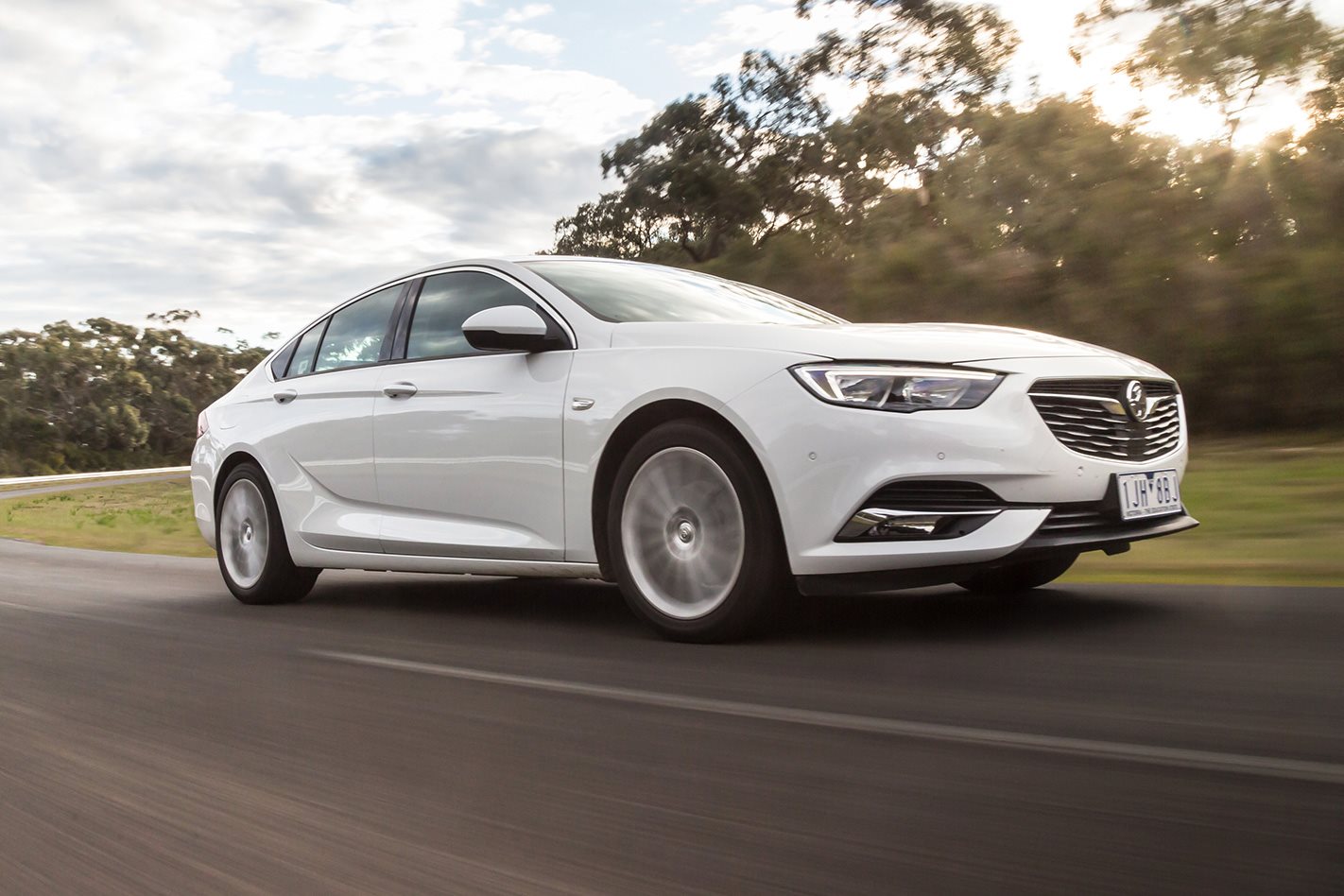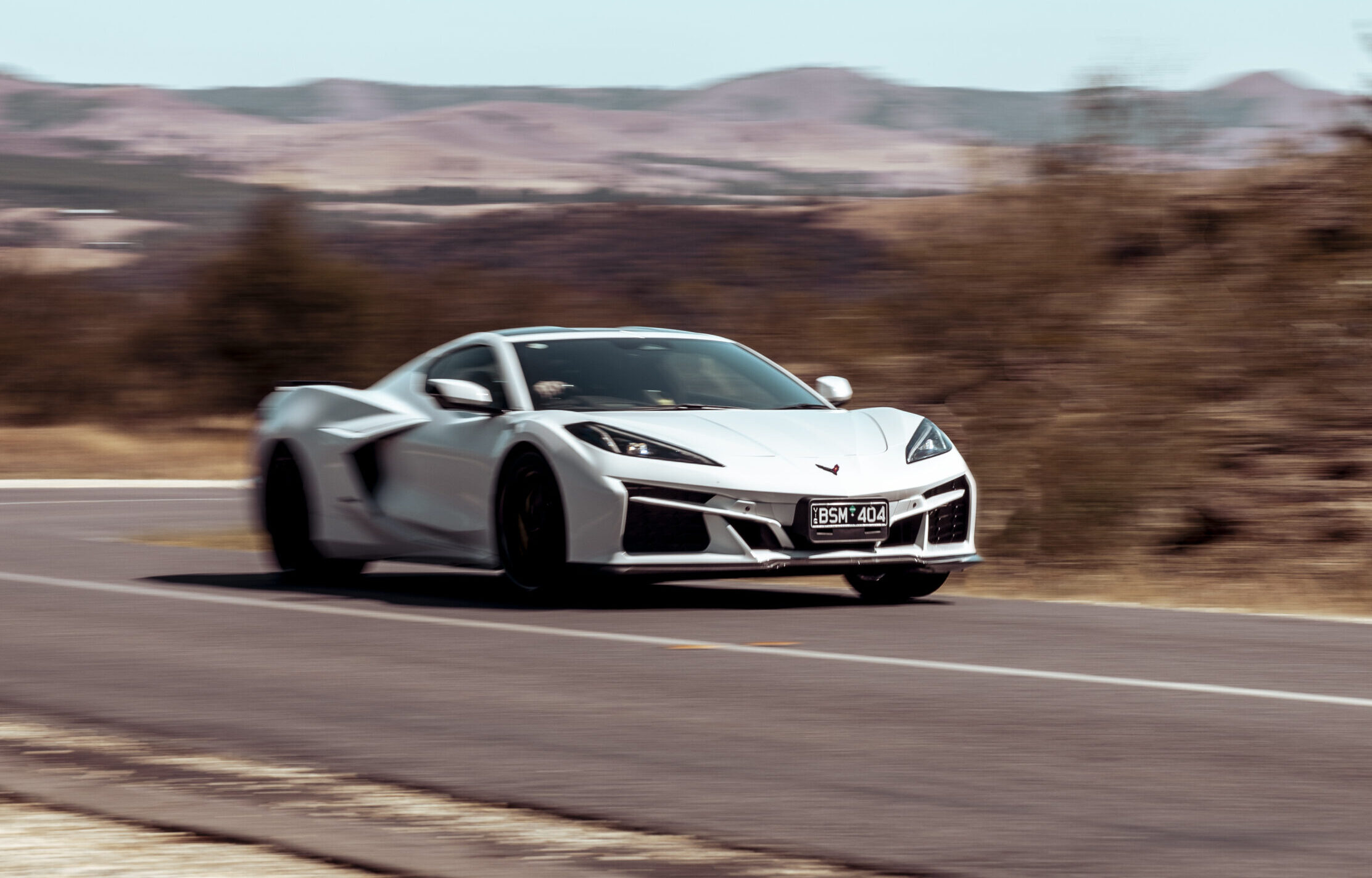Things we like
- Low-end torque
- Cross-country pace
- Front-end grip
- Understated appeal
Not so much
- Neurotic ride on larger wheels
- Bloated styling
WHAT IS IT?
The 191kW/350Nm liftback and wagon deliver significant efficiency and performance increases over what we’ve come to expect for an entry-level petrol Commodore. The macho stance of the old VFII might have gone, but in its place comes something slicker, albeit more generic.
WHY WE’RE TESTING IT
We needed to know whether this latest car, after a lengthy process of Australianisation, still felt like a Holden Commodore or if it had morphed into something else entirely. And if so, what?
MAIN RIVALS
Ford Mondeo, Kia Stinger, Mazda 6, Peugeot 508, Skoda Superb, Toyota Camry
THE WHEELS VERDICT
Driving pre-production cars always carries a certain caveat when forming a verdict, but there’s a lot of promise here. While we’ve all fixated on the V6 flagship versions and their attempt to fill the void left by the V8s, the 2.0-litre turbo petrol might just have sneaked in as the quiet achiever. If Holden can create a compelling price/equipment point for this car, it could have the drop on its mainstream rivals. If you appreciate a well-sorted sleeper, this could be right up your street.
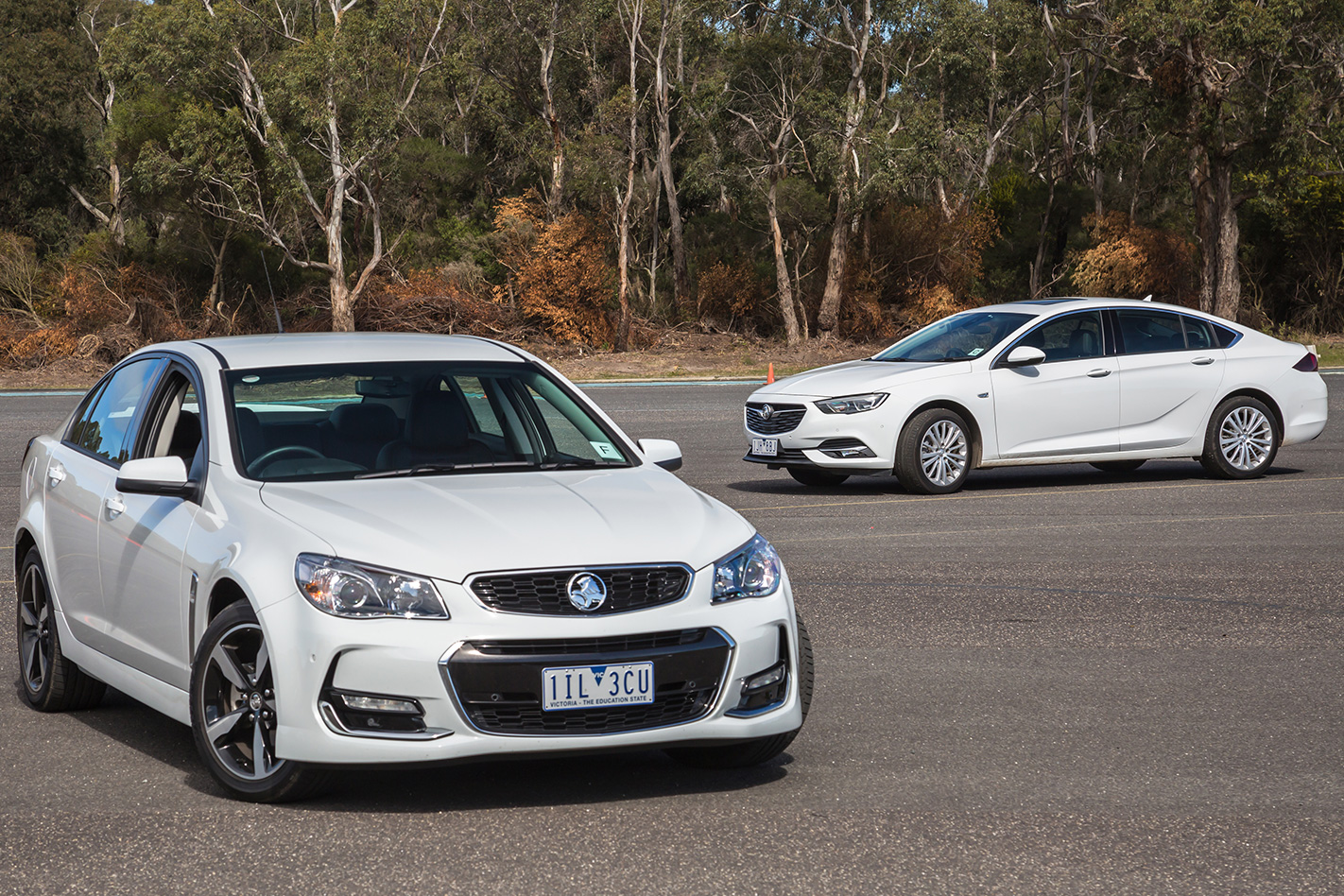
THE WHEELS REVIEW
THE entry level petrol Commodore has a 250km/h speed limiter. Let that sink in for a moment. Admittedly it doesn’t look anything particularly potent with its apologetically underwheeled styling and disappointingly generic styling, but appearances can be deceptive. We’ve just had the opportunity to drive the car back-to-back with a VFII Calais V6 and the results are a bit of an eye-opener.
The elephant in the room first. Yes, it’s badged a Commodore but it feels nothing like a Commodore. You’ll need to be the judge of whether – philosophically at least – that’s going to prove a significant impediment to purchase. Many of you will not be able to overcome this corporate cynicism and will turn your back on the badge. We can understand that position entirely. In all but the most dogmatic, though, there will be a spark of curiosity, keen to discover whether a different Commodore, or what Holden calls “a European car made great for Australia” really can replace the hugely endearing VFII.
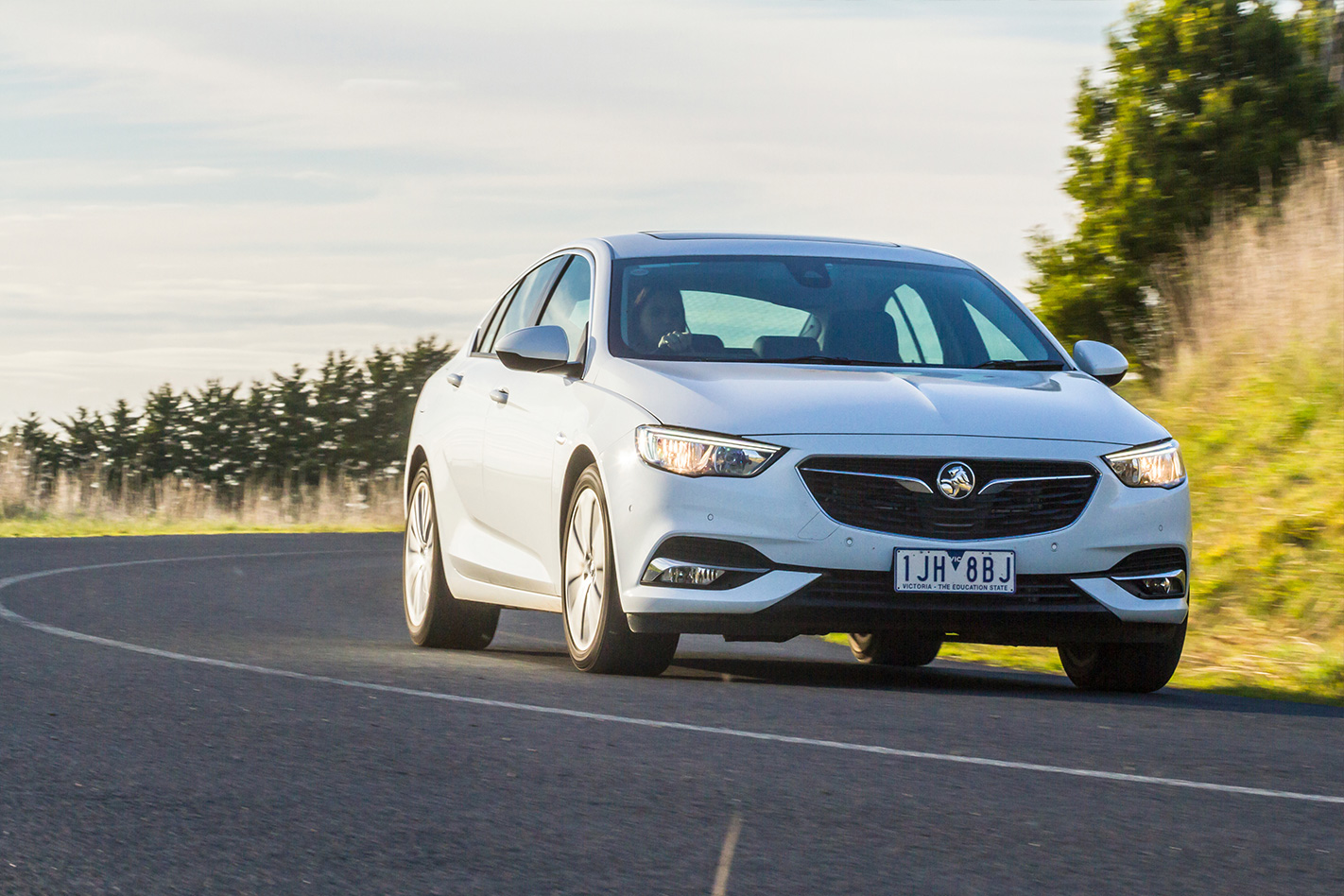
Given a clean sheet of paper, that brief isn’t particularly difficult to fulfil. You need plenty of interior space, supple ride quality, barn door engineering and sensible gearing. Holden’s problem is that with the ZB it hasn’t had that clean-sheet freedom and in fact only conclusively nails one of those four criteria. So if you’re going to view it as a like-for-like replacement, it falls short. It’ll be a fairly easy target for red-jacketed die-hards to take pot shots at, but that ignores its other qualities.
With 191kW and 350Nm, it’s quick. Expect 100km/h to come and go on a blink over seven seconds, which makes it way quicker than the old 3.0-litre V6 and not far behind an SV6 in terms of straight-line go. Introduce corners to the equation and the lighter ZB will decimate the old car. Front end grip is massively superior and the instant urge from the turbo four sees it deploying all 350Nm at a point where the old SV6 would be hawking up around 100Nm less.
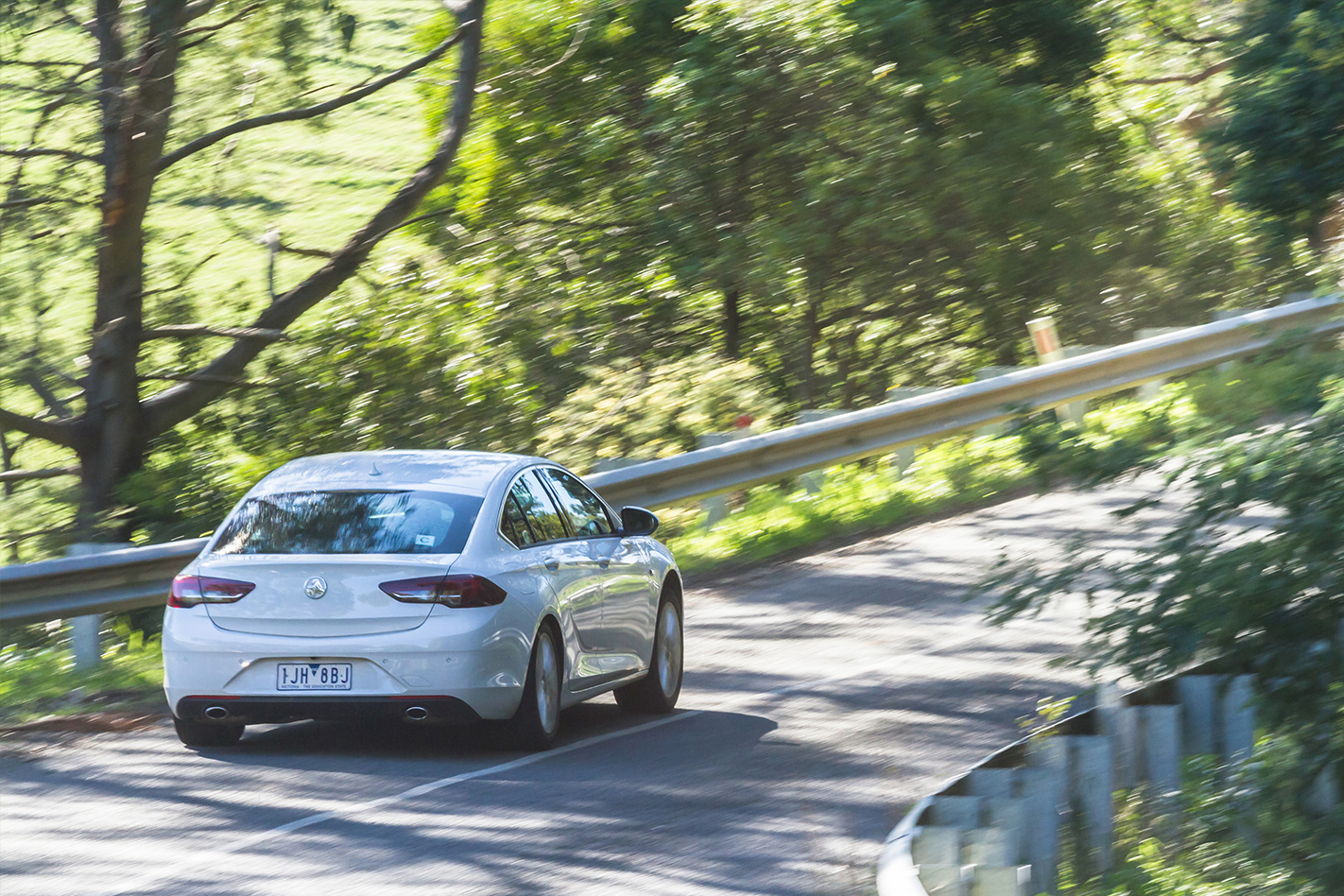
There’s a slight wriggle of torque steer out of the tighter corners at Holden’s Lang Lang test facility, but it’s far from unruly, the ESC calibration being soft and effective. The steering is meaty and well-juiced with feedback and it’s been calibrated to offer a more consistent transition of weighting as speed rises, one of many changes to Opel’s European tune. “Look, we’re not Opel-bashing,” explains Rob Trubiani, Holden’s chief chassis engineer.
“The tune they have is one that works really well for Europe. We just understand what Holden customers are looking for and what works well for local conditions.” As well as changing the steering, there have been a number of suspension changes to the 2.0T, largely bushing and damper valving decisions that target a more tied-down feel.
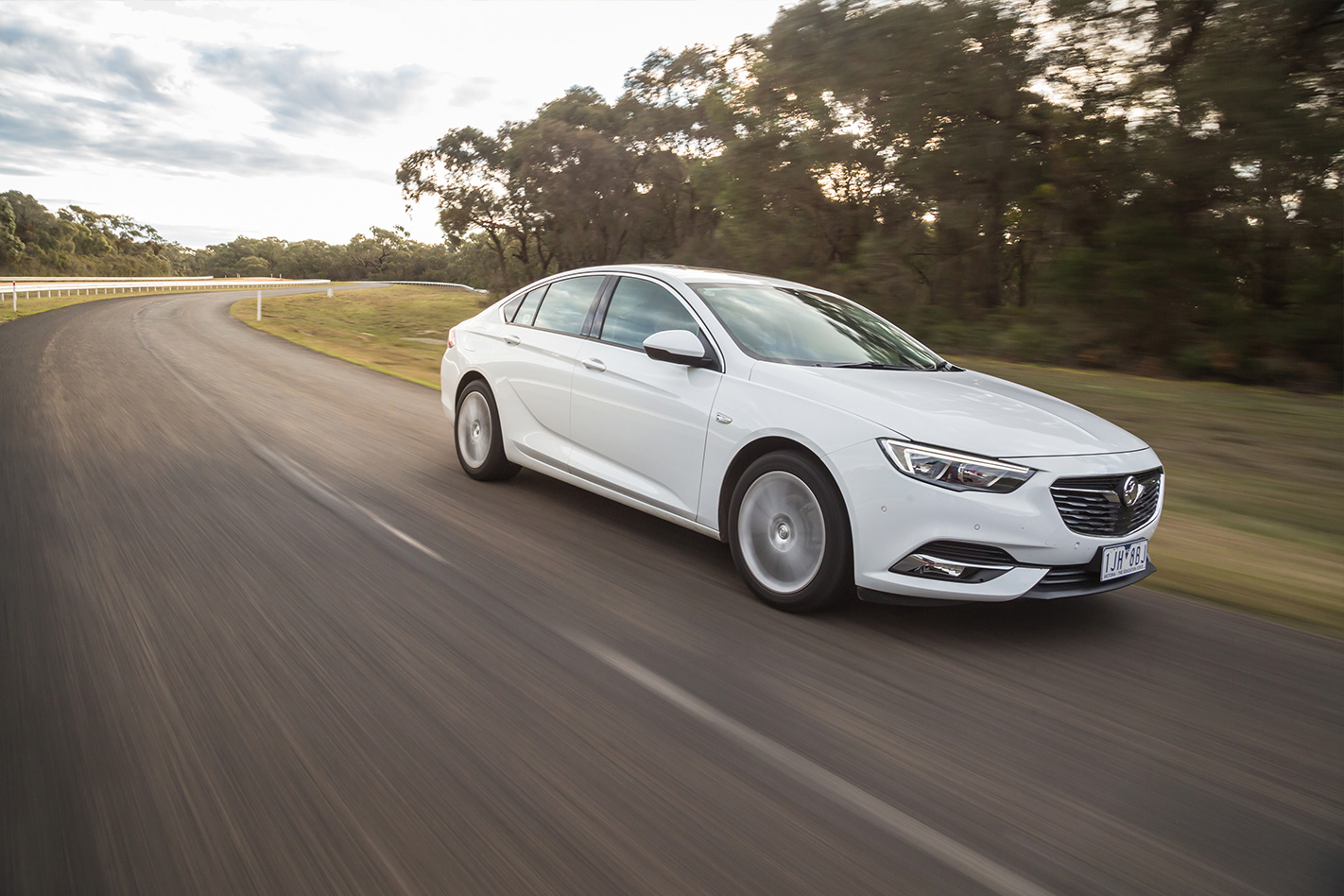
Drive a Euro-spec car after pedalling the Holden-tuned vehicle and it feels looser, floatier and less urgent. “That’ll totally work when driving along an autobahn at 240km/h but we were looking for something different,” says Trubiani. While the car we drove on 18-inch wheels nails a decent compromise between suppleness and sportiness, the Commodore on 20s errs on the firm side of the ledger.
That suppleness that underpins a Commodore’s benign cross-country utility evaporates as soon as you introduce this unwelcome brittleness into the ride. Again, we need to temper this criticism with the fact that the final sign-off on production dampers is yet to be conducted, but it’s something we’d want to take a look at when customer-ready vehicles are available to sample.
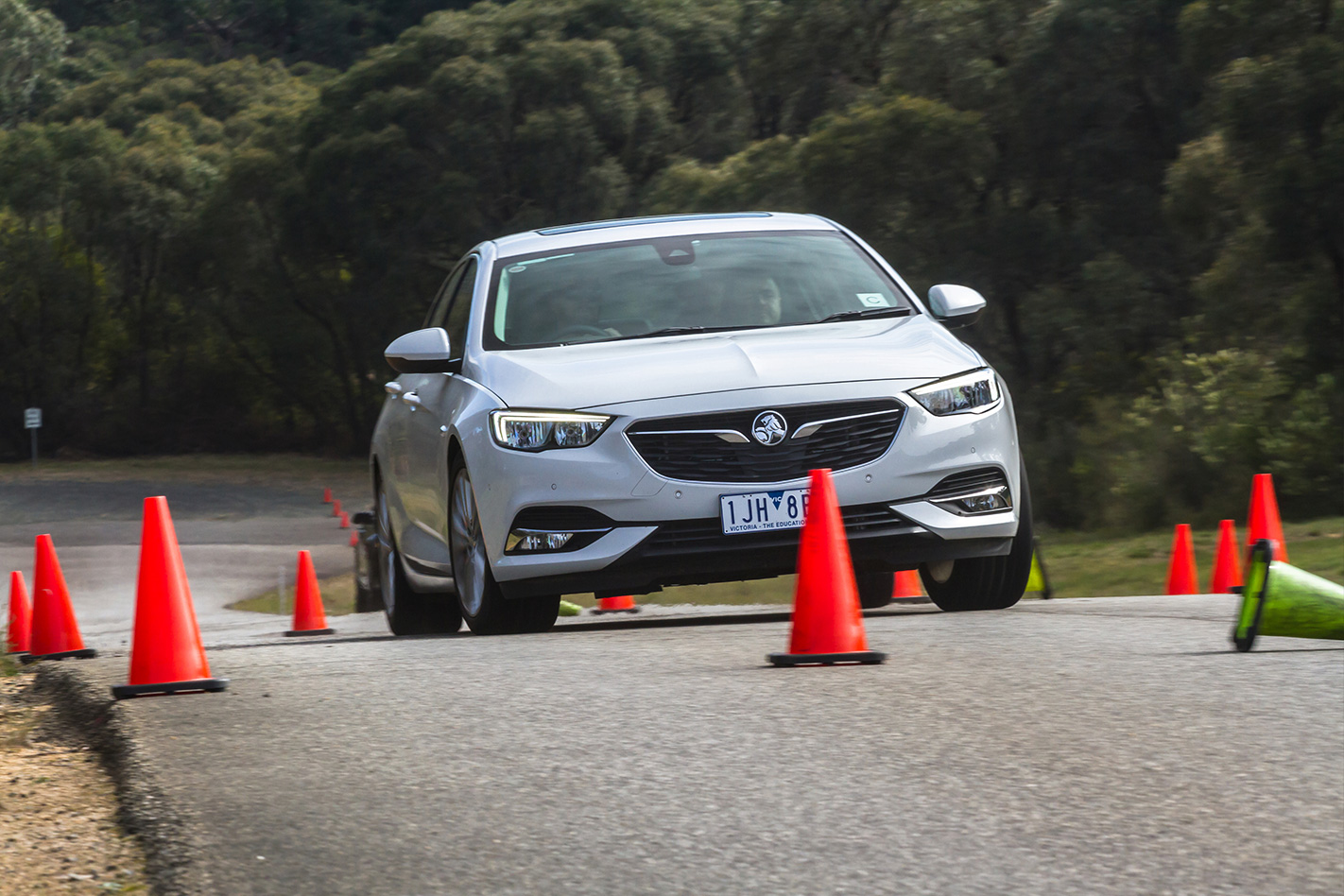
It’s really hard to argue with the way the ZB takes a corner, though. Pitch it in hard, and you’ll feel the steering effort slacken off as it tips into neutrality and then a grin-inducing hint of yaw. After that it’s a big commitment from the throttle as you open the steering to give the front rubber every chance. In other words, you drive it like a big hot hatch and all the action comes on corner entry rather than exit, but it’s still fun. Jump into a VFII afterwards and it feels archaic, largely due to carrying more weight, delivering less chassis rigidity and having a transmission that feels two generations less sophisticated.
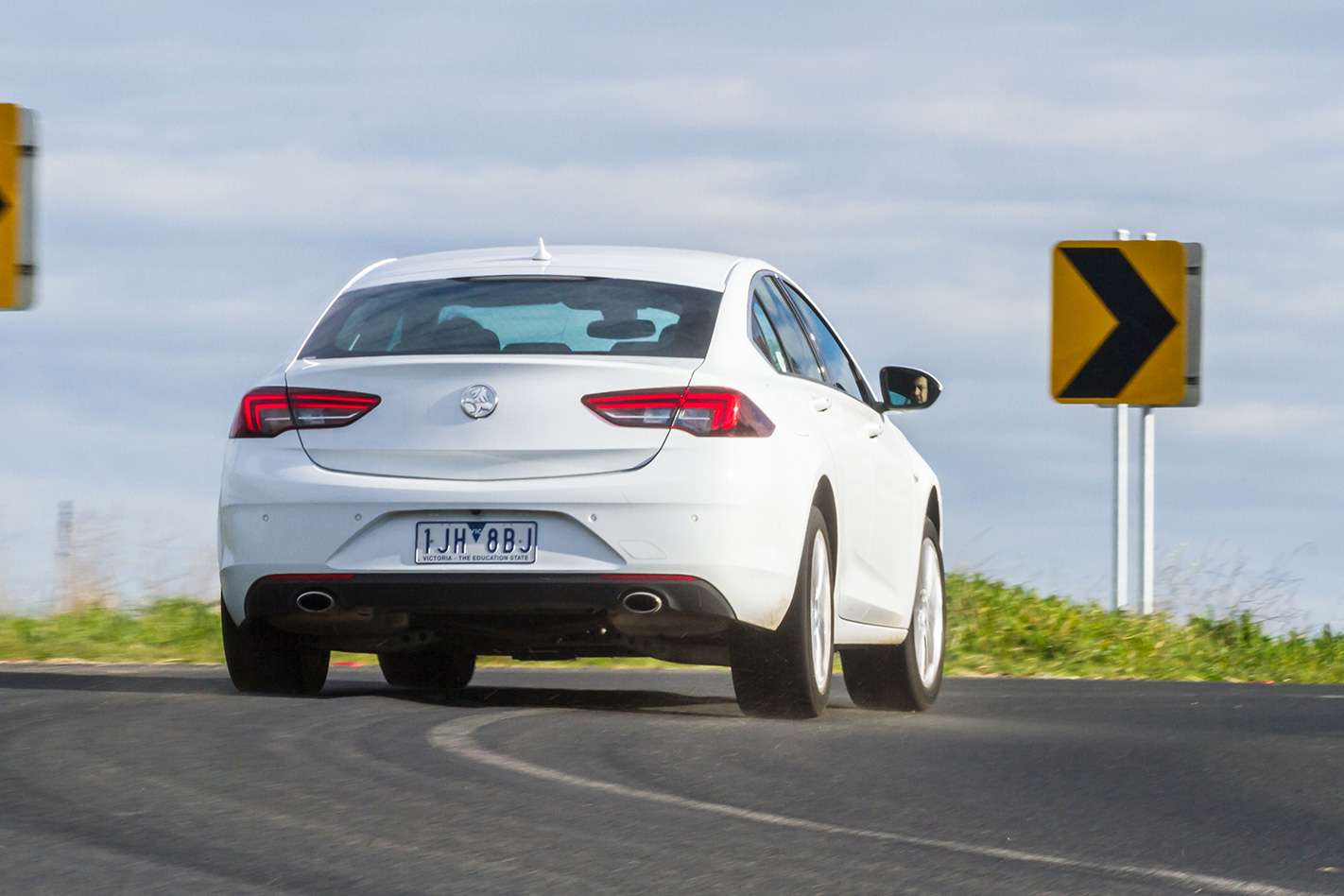
The nine-speed ZB auto never seems to run out of answers when you’re on it, with the only dynamic demerit being a tendency to upshift too far on downhill stretches, denying you throttle authority at times. That issue is compounded by the fact that the cars we drove had no paddles and that the tip shift is the wrong way round (push forward to change up) and sited way too far back on the centre console for comfortable use.
The way the turbo pours on torque takes a little time to finesse, which isn’t helped by a pedal with a very pronounced detent that you really need to determinedly kick through to provoke the gearbox to kick down. Otherwise this drivetrain is fairly hard to fault. Visibility out of the car is good, with the thick B-pillars not proving too much of an issue. The cabin treatment is low-key but well executed, with about the quality you’d expect for an upper-tier mainstream product. The interior is marginally narrower than the VFII; that’s not so apparent up front but you’ll notice it if you try to squeeze three into the back.

The rear seats aren’t shy of legroom, but that sloping roofline will pinch headroom for taller occupants. Go for the handsome wagon and that issue disappears altogether. A big, slightly shallow luggage bay with folding seats offers decent utility. There’s also no shortage of stowage areas in the cabin, including a brilliant rubberised phone gripper in the centre console that’s about the best solution for securing a mobile that I’ve yet come across. The three-spoke steering wheel is a thing of loveliness, although the base and mid-spec analogue dashboards, with the crowded 270km/h speedo, aren’t a triumph. The upper-spec cars get a TFT virtual dial pack and smart head-up display which is far preferable.
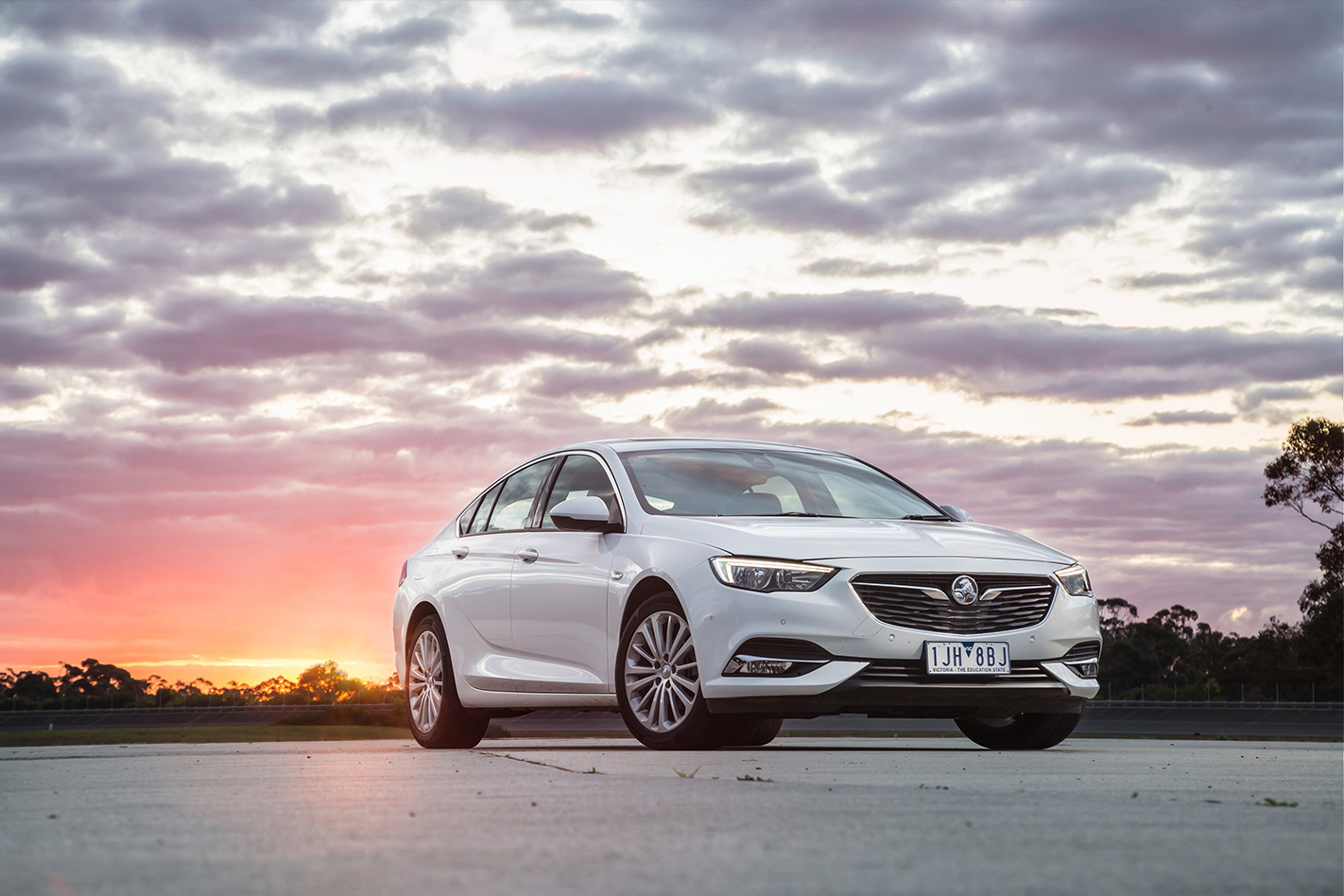
As far as first acquaintances go, it’s easy to be impressed by the ZB Commodore. We’ll miss the brilliant VFII when it cashes in its chips, because as good as the ZB is, it’s not a like-for-like swap. As much as Holden insists it has continued the DNA of the Commodore in this car, it hasn’t, and you’re not far wrong thinking there’s more marketing spin here than continuity of bloodline. That said, it is a very good car, the shame of which is that where the old Commo competed in a class of two that became one, the latest ZB gets pitched straight into a shark tank with a huge welter of competing attractions. And that’s why, despite building a better car, Holden’s sales aspirations have been pared back. We’ve exchanged something flawed but special for a more polished generic. That makes me sad, but as they say at Opel’s Russelsheim plant where the cars are built: “Alles hat ein Ende, nur die Wurst hat zwei.” Everything has an end. Only a sausage has two.
SPECS
- Model: 2018 Holden ZB Commodore 2.0T
- Engine: 1998cc 4-cyl, dohc, 16v, turbo
- Max power:191kW @ 5400rpm
- Max torque: 350Nm @ 3000-4000rpm
- Transmission: 9-speed automatic
- Weight: 1525kg (estimated)
- 0-100km/h: 7.1sec (estimated)
- Fuel economy: Less than 8.0L/100km
- Price: $tba
- On sale: Q1 2018
Things we like
- Low-end torque
- Cross-country pace
- Front-end grip
- Understated appeal
Not so much
- Neurotic ride on larger wheels
- Bloated styling


